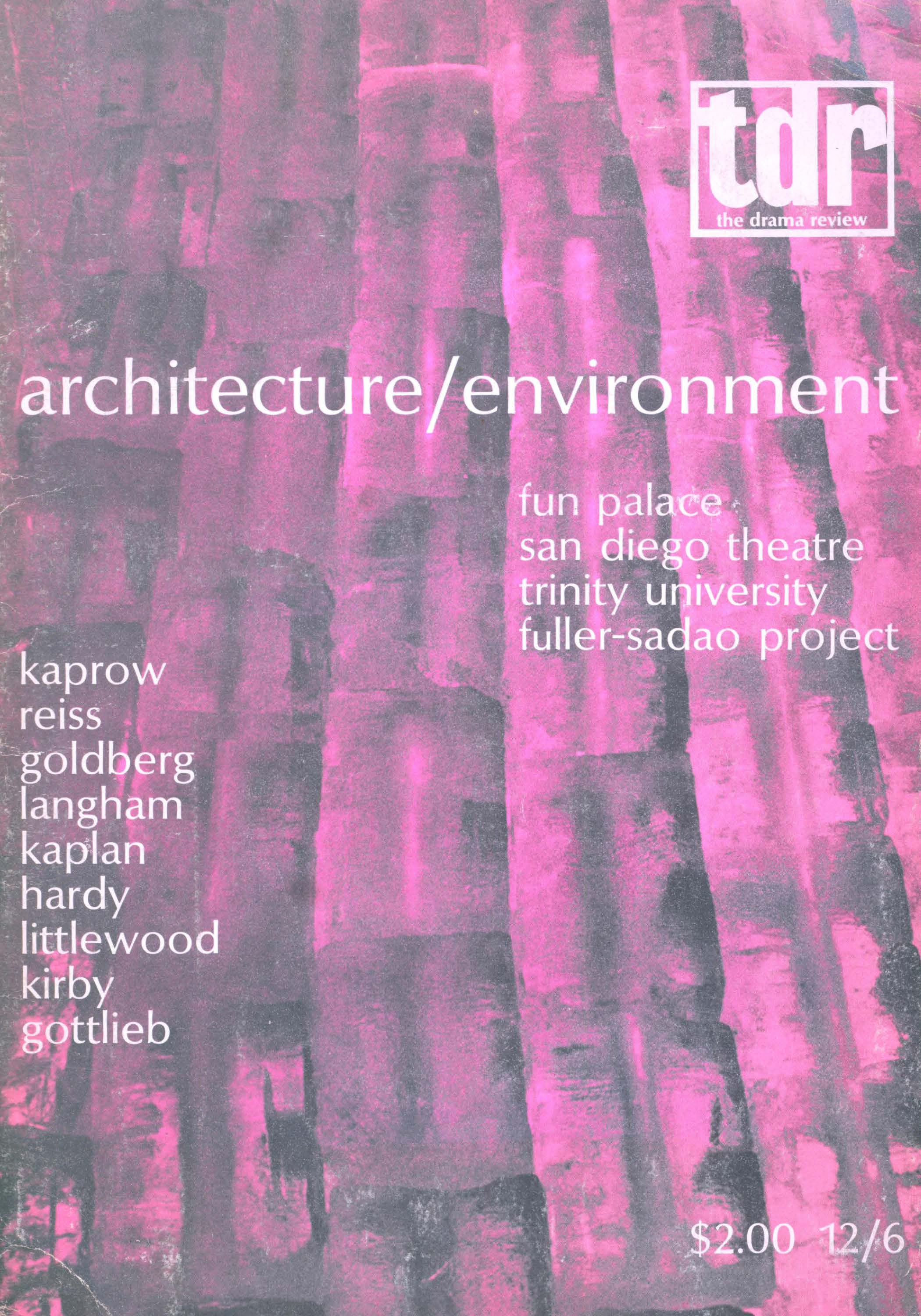No CrossRef data available.
Article contents
Black Movies/Black Theatre
Published online by Cambridge University Press: 07 December 2021
Extract
Film has become a threat to small community theatre groups, such as those in Harlem. Even a group like the New Lafayette, which has an international reputation and presents three to four major plays a year, has found its best productions playing to half-empty houses. Despite maintaining high artistic standards, black theatre groups have encountered tremendous frustration in trying to develop a large, black audience that will come back show after show. The fact is that black theatre today is not thriving—only surviving. And movies can assume a great deal of the blame.
It is estimated that blacks spend $120 million annually at the film box offices in the United States. Some 50 feature films aimed at a black audience were produced between 1970 and 1972. And an average of four a month were released over this past summer. Down the street from the Ethel Barrymore Theatre, where Don't Play us Cheap spent three months, the effect of the so-called “black film boom“ on Broadway was overwhelming.
- Type
- Black Theatre
- Information
- Copyright
- Copyright © 1972 The Drama Review
References
The title photo shows Ron O'Neal, who appeared on the stage for some 15 years, relaxing in a scene from Super Fly, a film that surprised the industry with its spectacular box office success.


